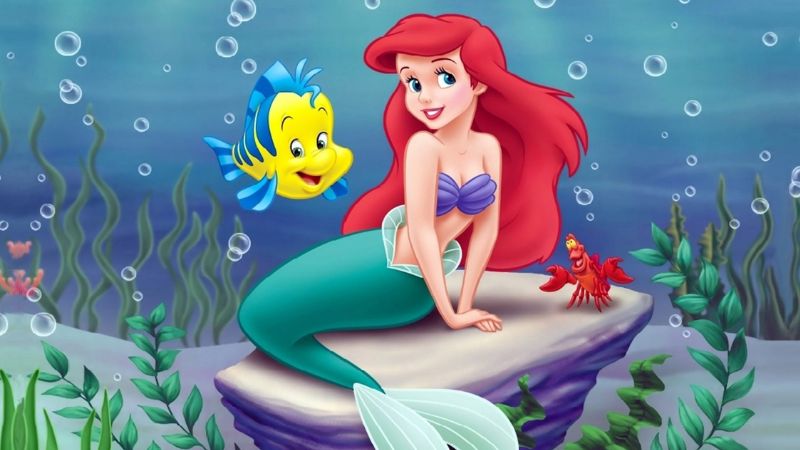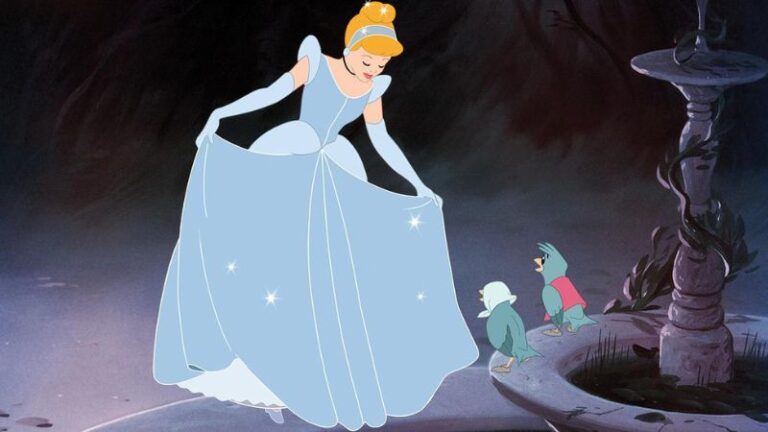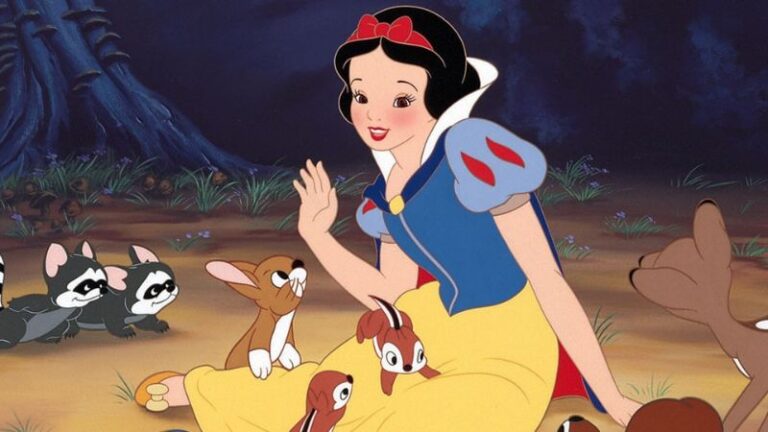The Original Little Mermaid: Tracing the Depths of Andersen’s True Vision

“The Little Mermaid,” a tale often associated with whimsy and romance, has a much more profound and poignant origin. This article delves into the depths of Hans Christian Andersen’s original story, exploring the true vision behind one of the most beloved fairy tales. Far from the light-hearted retelling seen in modern adaptations, Andersen’s narrative is a complex blend of love, sacrifice, and existential longing. We journey through the story’s evolution, uncovering the themes and symbolism that make “The Little Mermaid” a timeless masterpiece of literary art.
Andersen’s Inspiration: The Personal Story Behind the Tale
Hans Christian Andersen’s creation of “The Little Mermaid” was deeply influenced by his own life experiences and emotions. The story is often seen as a reflection of Andersen’s struggles with love, acceptance, and his place in society. Some interpretations suggest that the mermaid’s longing for the human world and an immortal soul mirrors Andersen’s own feelings of alienation and his search for spiritual and emotional fulfillment.
Understanding this personal connection helps to appreciate the depth and poignancy of the story. Andersen’s narrative is not just a fairy tale but a deeply personal expression of his innermost hopes and fears. This emotional undercurrent is what gives “The Little Mermaid” its enduring power and universal appeal.
A Tale of Love and Sacrifice: The Core Themes of The Little Mermaid
The original “Little Mermaid” story by Andersen is a poignant exploration of unrequited love and sacrifice. The mermaid’s love for the prince and her willingness to endure great pain for the chance of an immortal soul speak to the depth of her character and the complexity of her emotions. Unlike popular retellings, Andersen’s tale does not shy away from the darker aspects of love and desire.
This narrative of love and sacrifice is central to understanding the story’s impact and appeal. Andersen portrays these themes with a raw honesty that is both heart-wrenching and deeply moving, making “The Little Mermaid” a story that resonates with readers long after they turn the final page.
From Sorrow to Strength: The Mermaid’s Journey and Its Symbolism
The journey of the Little Mermaid in Andersen’s story is laden with symbolism. Her transformation from a sea creature to a human, at great personal cost, symbolizes the pain and struggle often involved in pursuing one’s dreams and desires. The mermaid’s voice, representing her identity and self-expression, is sacrificed for love, highlighting the theme of personal loss for a greater cause.
This journey from sorrow to strength, even in the face of unfulfilled desires, is a powerful narrative of resilience and self-discovery. Andersen uses the mermaid’s tale to explore themes of identity, sacrifice, and the complex nature of human (and mermaid) desires. Her story serves as a poignant reminder of the courage it takes to follow one’s heart against all odds.
Beyond the Happily Ever After: Cultural Impact and Modern Interpretations
“The Little Mermaid” has had a significant impact on culture and arts, inspiring numerous adaptations and interpretations. Each retelling, from ballets to films, brings a new perspective to Andersen’s story, often emphasizing different aspects of the tale. The most famous adaptation, Disney’s animated film, offers a more optimistic version, focusing on the themes of adventure and romance.
The story’s adaptability and continued relevance highlight its universal themes and the depth of Andersen’s original vision. “The Little Mermaid” continues to captivate audiences worldwide, its tale of love, sacrifice, and the quest for identity resonating across generations and cultures. Andersen’s “The Little Mermaid” remains a powerful and poignant story, its depths still inviting exploration and interpretation.






